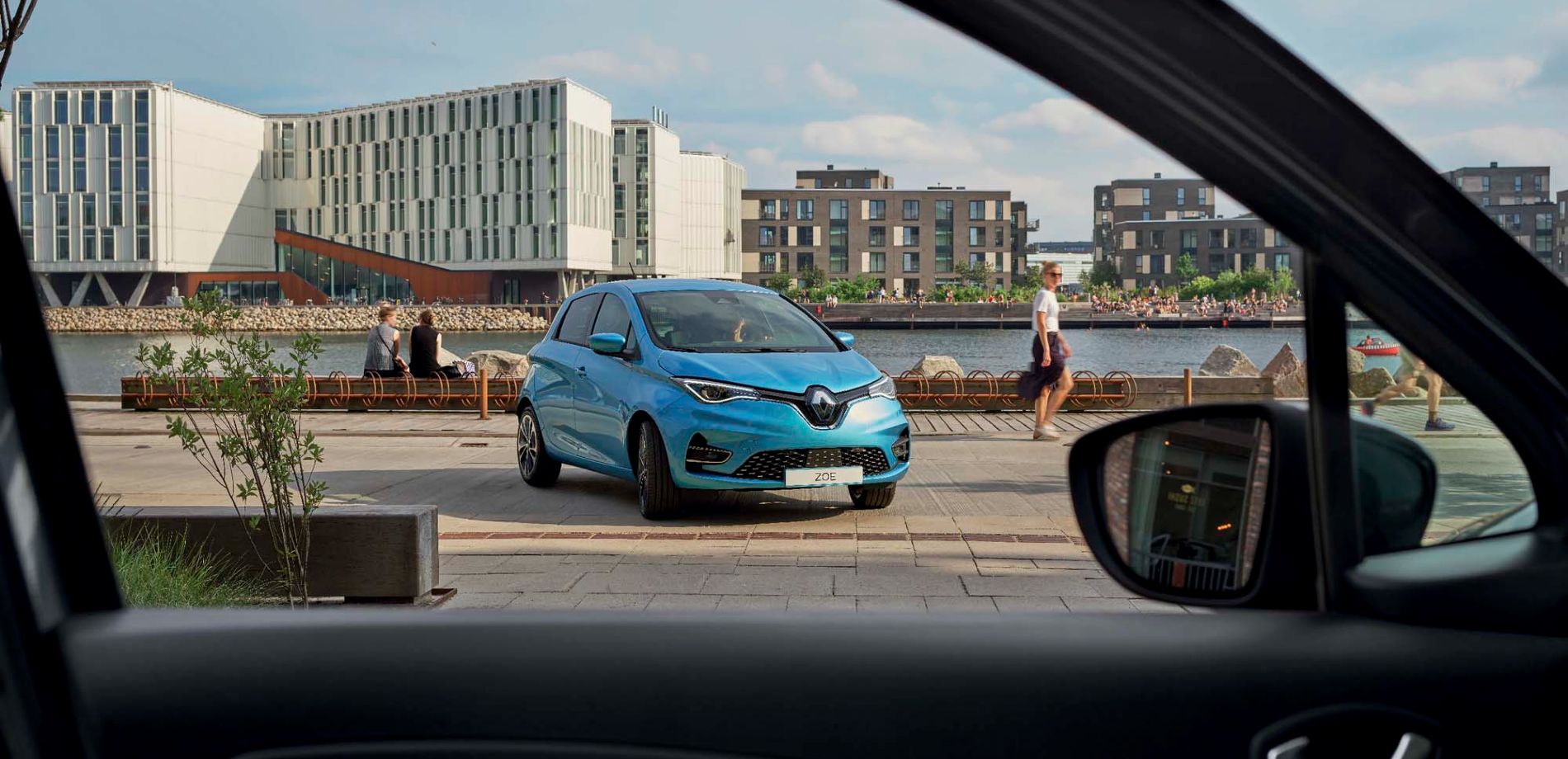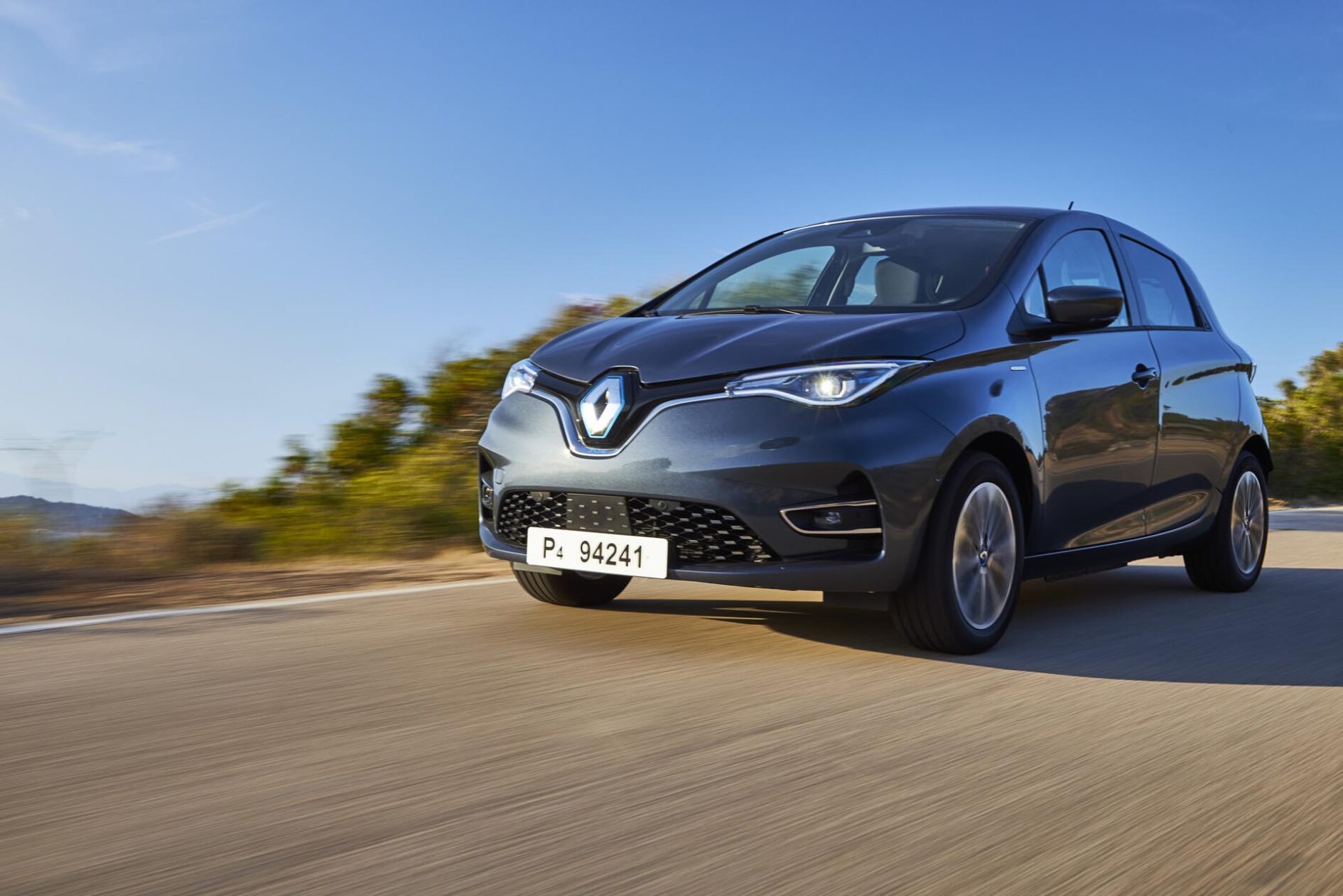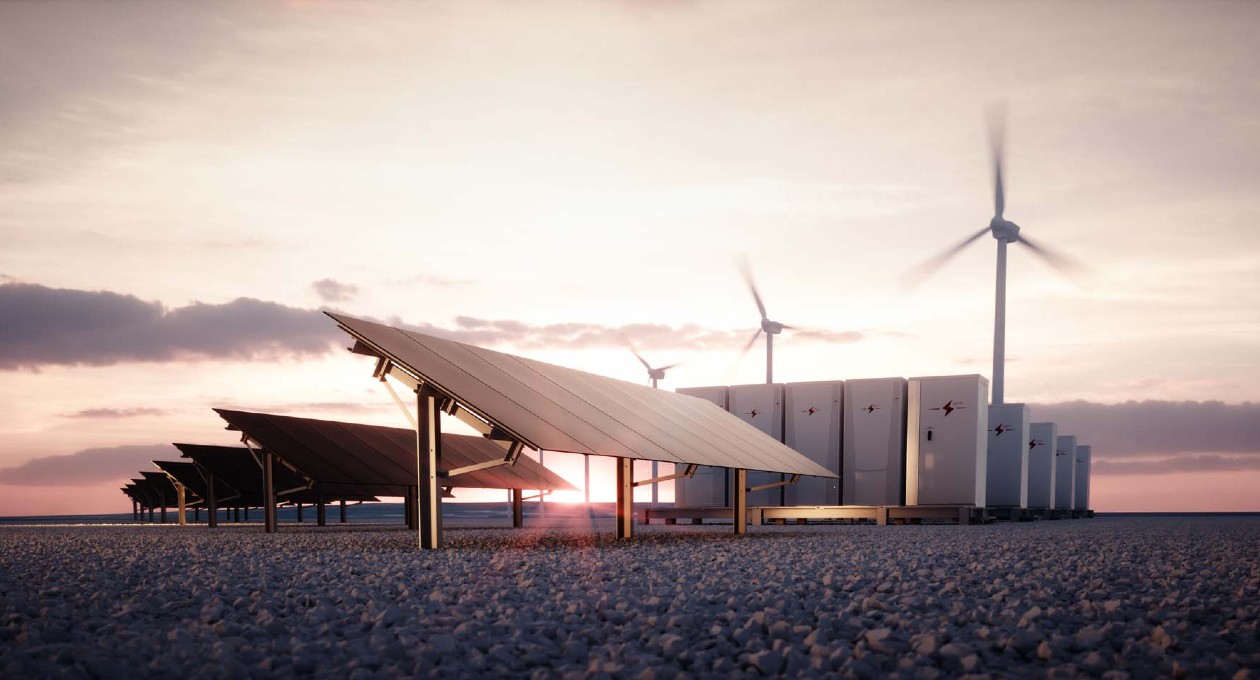

With more than 46,000 electric and hybrid vehicles on the road for a population of 5.3 million people, Norway is probably the country with the highest concentration of electric cars in the world. You won’t be able to hear them of course, thanks to their electric motor, but you can have fun trying to spot them in the streets of Oslo: they can be recognised by their number plates, which begin with the letters EV or EK.
Norway is now setting the tone for its neighbours: Denmark, Sweden and Finland. Taken together, these four countries counted more than 55,000 electric car sales in 2018 alone, a 70% increase in volume over a single year! Beyond the defining features of an electric car, what other factors can explain these spectacular figures? The International Energy Agency has provided some answers in a study entitled Nordic EV Outlook 2018.
Noteworthy incentive policies
For its authors, the key to transitioning lies in public policy, with the establishing of attractive incentive mechanisms as part of an energy transition agenda.
If Norway has adopted electric cars so rapidly, that’s because their drivers enjoy the benefits of many financial aids, both direct and indirect. They impact purchasing, with a very significant subsidy for the acquisition of a 100% electric car, as well as everyday driving.
For example, anyone who goes electric receives an exemption from road tax (around 350 euros per year in Norway), reduced rates on toll roads and free parking in big cities like Oslo. They also benefit from small practical perks, like the right to drive in bus lanes.
4 million electric cars by 2030
Once these favourable conditions are able to remain in place, there are no major obstacles in the way of the electric car’s democratisation. It is estimated that by 2030, we can expect to see about 4 million electric cars on the road in the countries of Northern Europe.
The proliferation of electric cars, far from destabilising the energy grid, will help to fine-tune its management through their ability to store electricity in their batteries. It is also thought that by 2030, the fleet will represent 2 to 3% of the region’s electricity demand, compared with less than 1% today.




